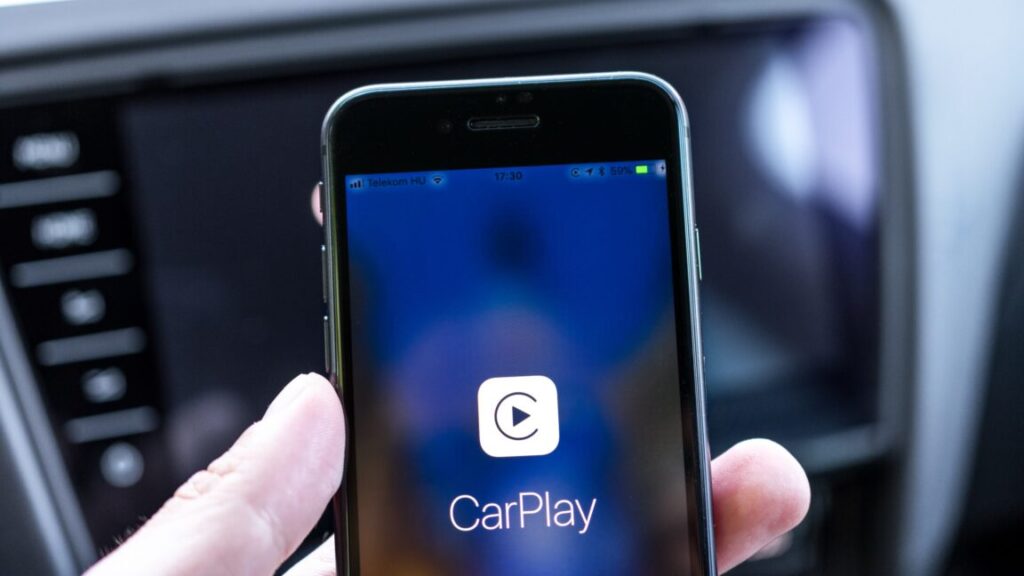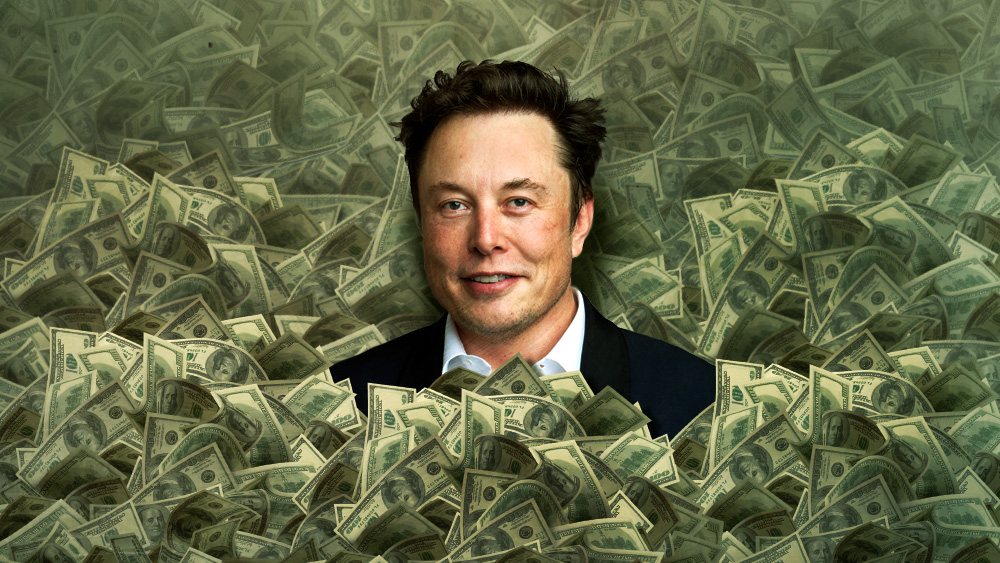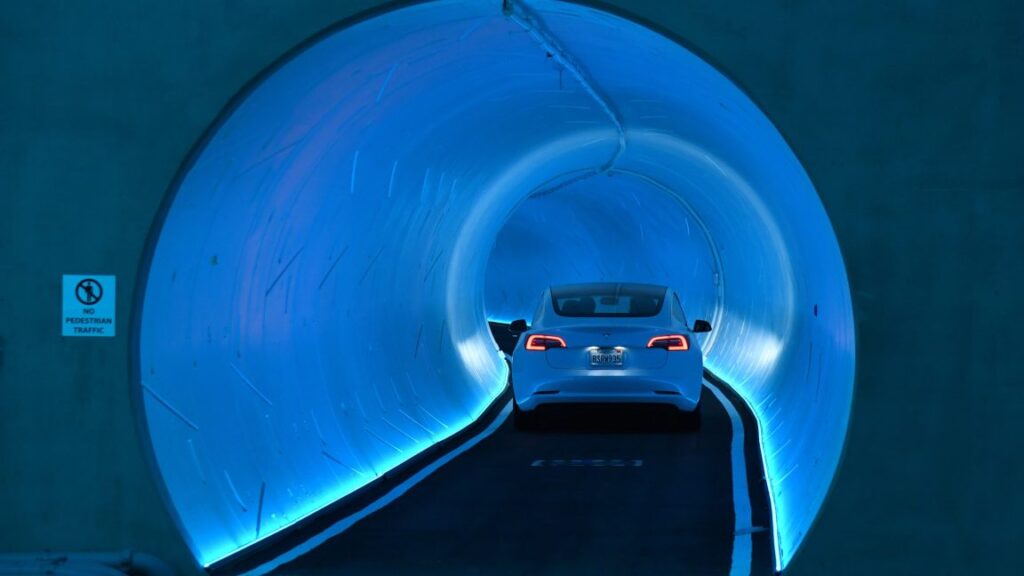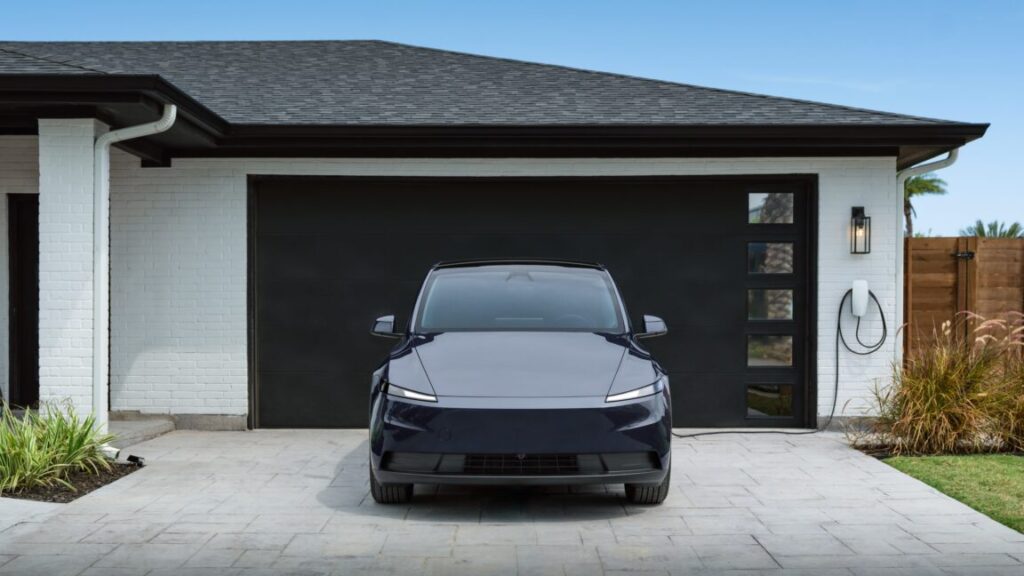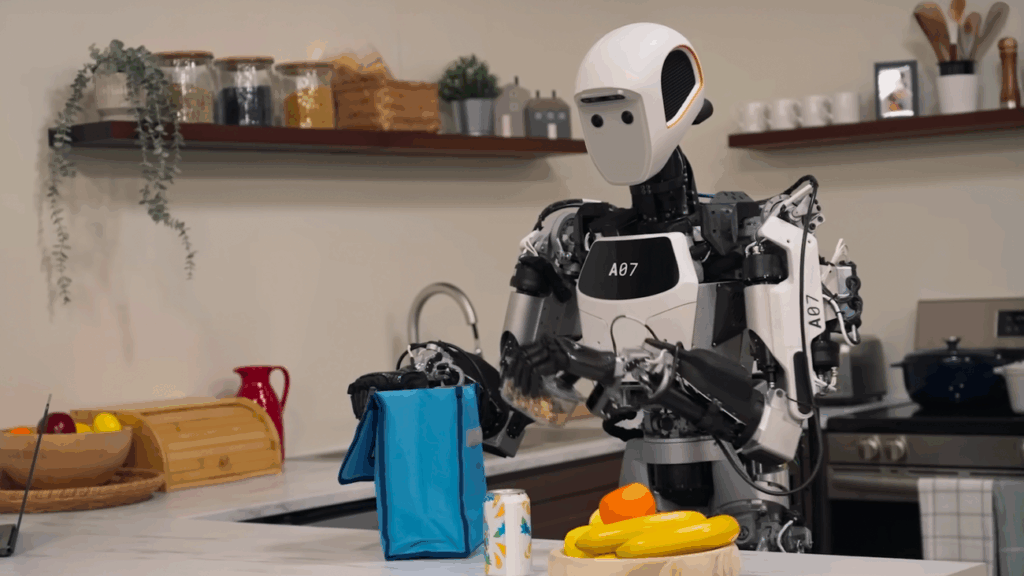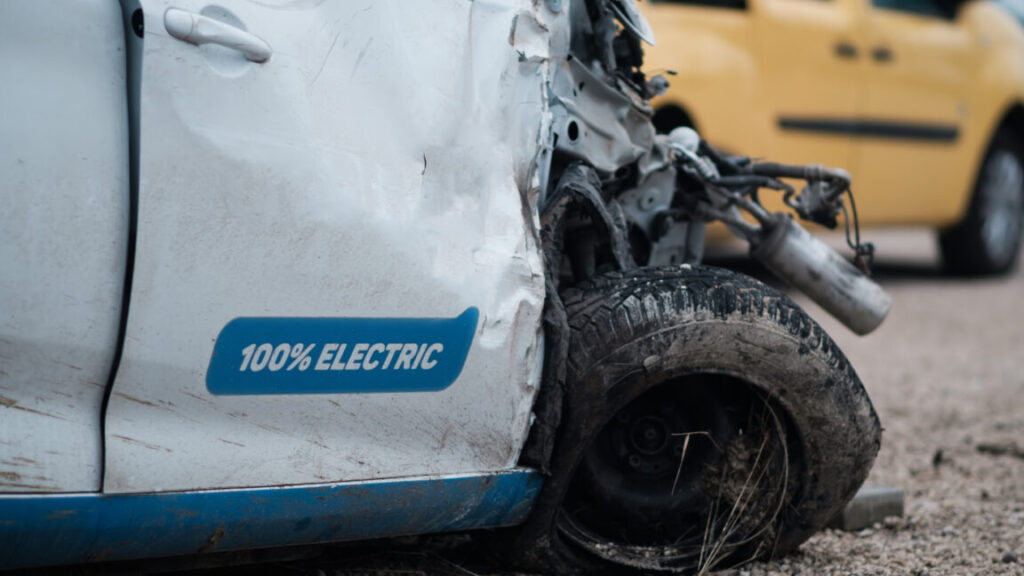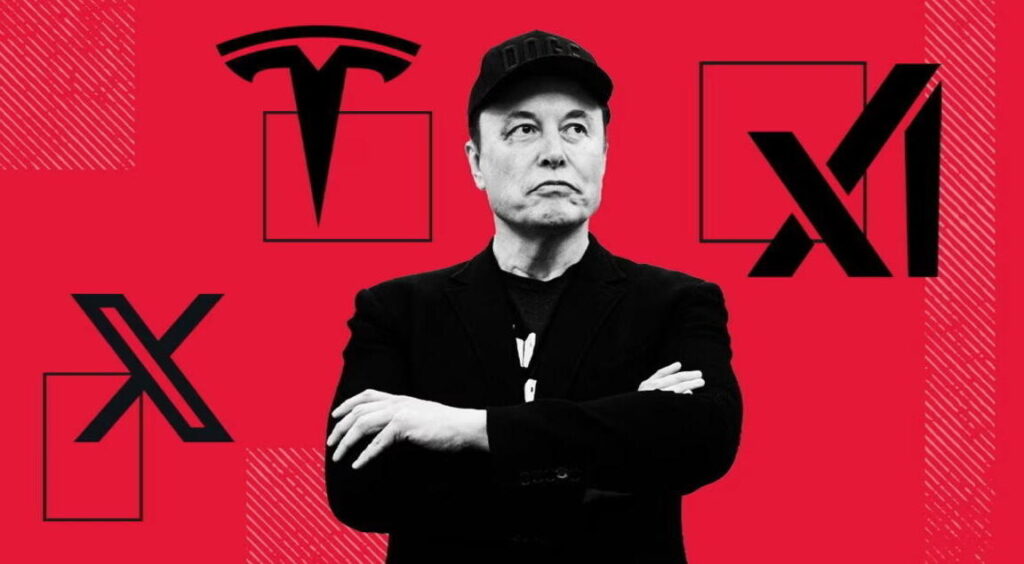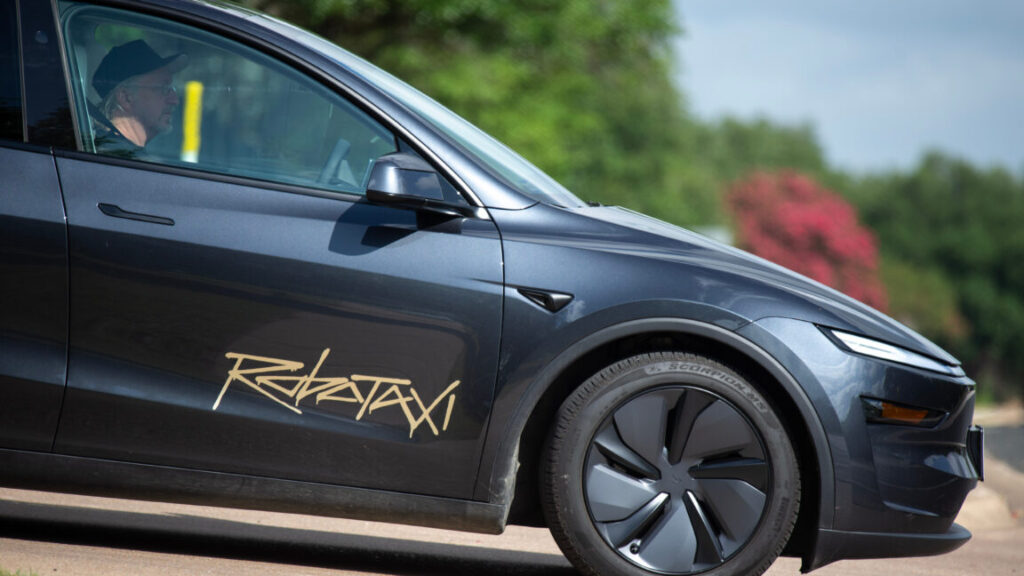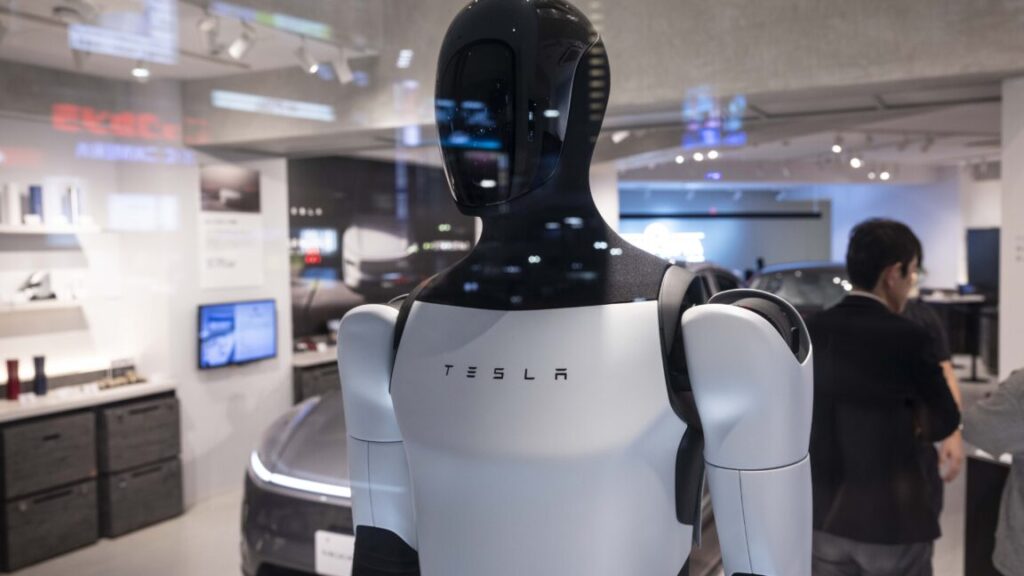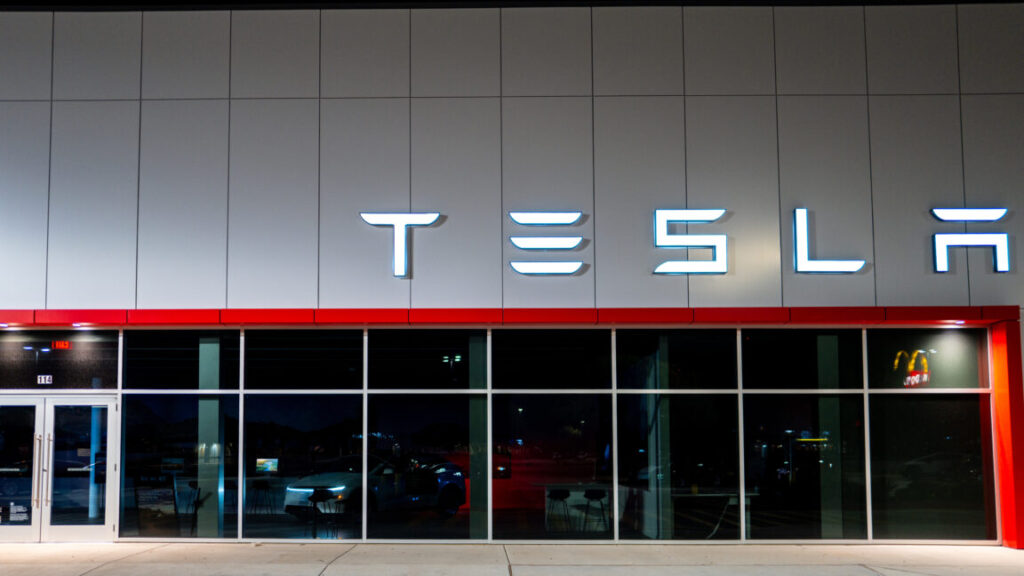Tesla safety driver falls asleep during passenger’s robotaxi ride
Later in the thread, another poster claims to have had the same safety driver who also fell asleep, this time on a traffic-choked drive from Temescal to San Francisco.
Being a human safety driver in an autonomous car is a relatively hard task, and Waymo insists on a lot of training before letting its employees loose in its cars on the road. It’s possible that Tesla is being far less diligent in this regard.
Tesla’s robotaxi experiment is proving to be more fraught than, say, Waymo’s. There have been at least seven crashes since the launch of its Austin trial in July, although Tesla continues to redact the data it provides to the National Highway Traffic Safety Administration.
Its operation in California may be even more shaky. Although Tesla Robotaxi LLC has a permit from the California Department of Motor Vehicles to test autonomous cars on public roads with a safety driver, it has no permits from the California Public Utilities Commission for autonomous vehicles. CPUC permits are required to test or deploy an autonomous vehicle with or without a safety driver onboard. (In March, Tesla obtained a permit to operate a conventional ride-hailing service with human drivers.)
Ars has reached out to Tesla regarding the sleeping driver and the status of its California ride-hailing operation and will update this article if we hear back.
Tesla safety driver falls asleep during passenger’s robotaxi ride Read More »

